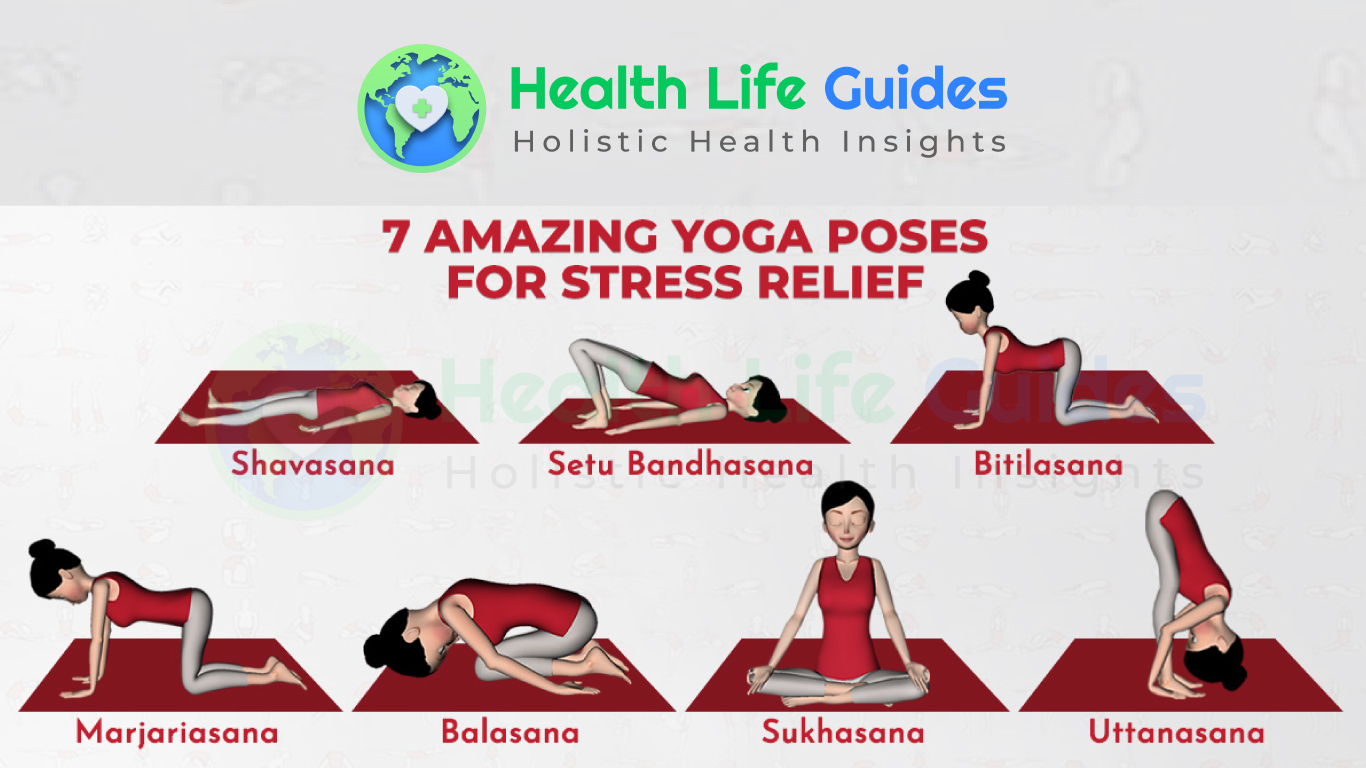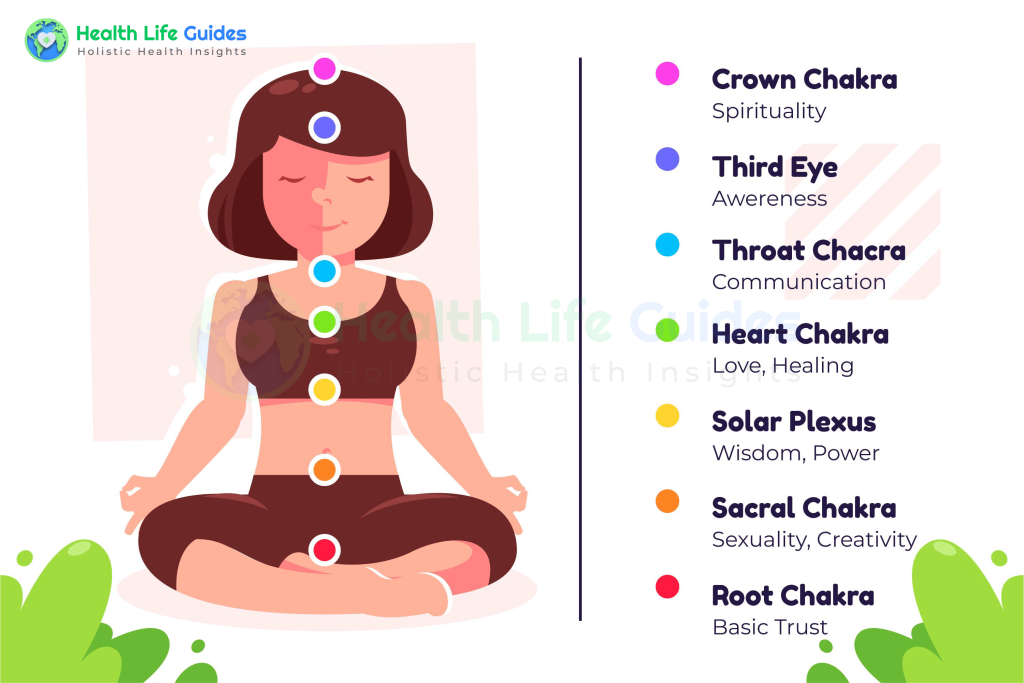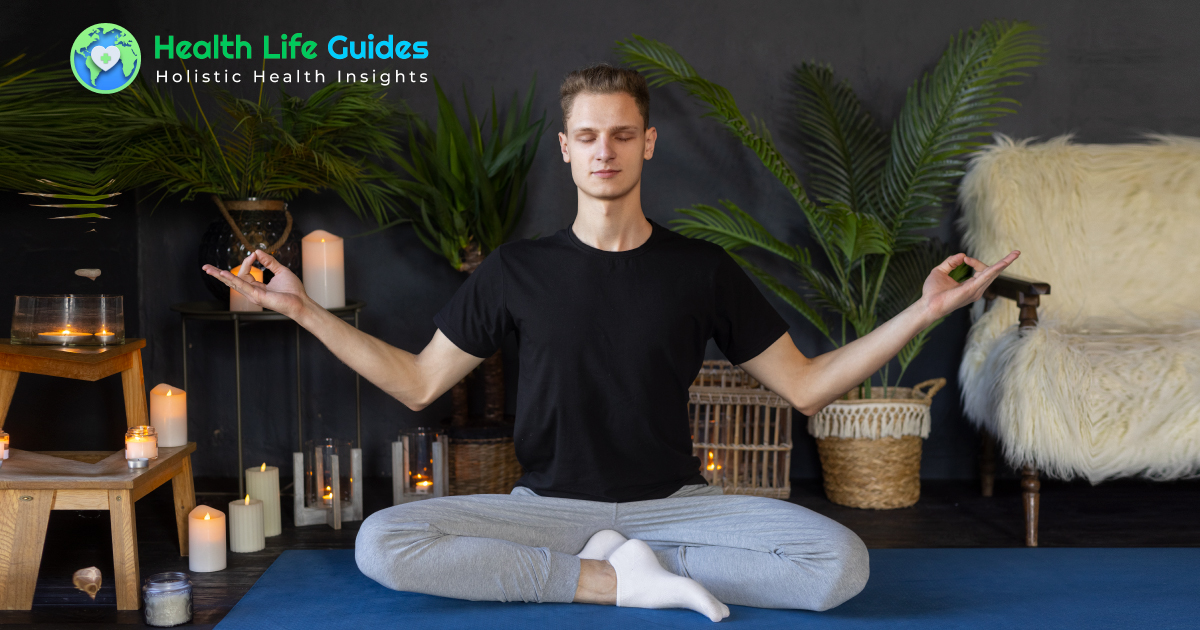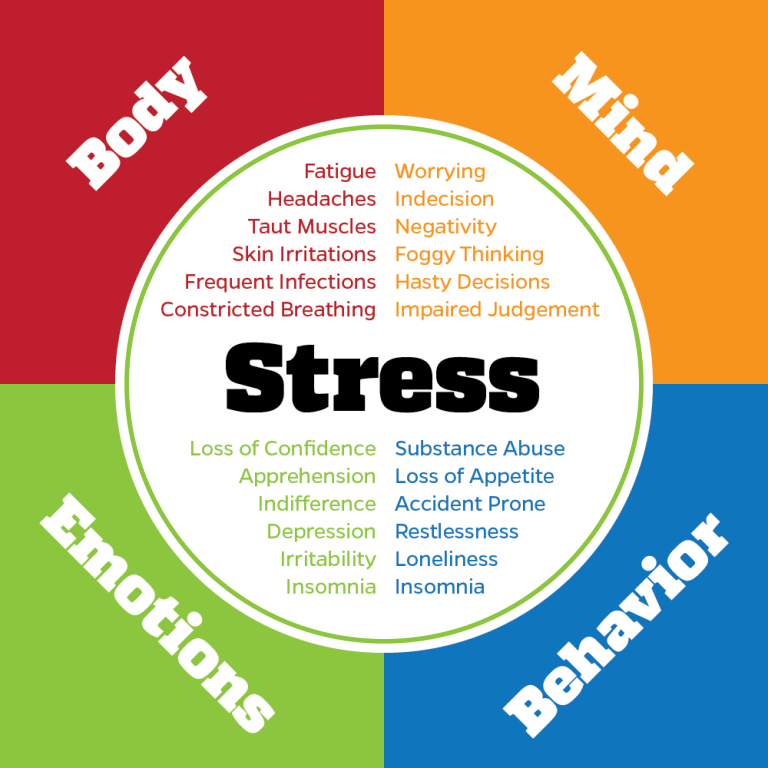Benefits of Yoga for Stress Relief
Yoga is a comprehensive practice that offers many Benefits of Yoga for Stress Relief for pressure help. It joins actual stances, controlled breathing, reflection, and care to advance unwinding and by and large prosperity.
Here are a portion of the manners in which Yoga Can Reduce Stress:
Unwinding Reaction:
Yoga sets off the body’s unwinding reaction, which checks the pressure-initiated survival reaction. This prompts a lessening in pulse, circulatory strain, and muscle pressure.
Care:
Yoga supports care, the act of being completely present at the time. This can assist you with abandon stresses over the past or future, lessening pressure and tension. Profound Relaxing:
Yoga underlines controlled, profound breathing strategies that initiate the body’s parasympathetic sensory system. This advances unwinding and decreases the development of stress chemicals like cholesterol.
Read More: Health Benefits of Banana Peppers
Active work:
The actual stances in yoga assist with delivering developed pressure and snugness in the body. According to tradition, practice can further develop adaptability, strength, and generally speaking actual well-being, which can add to pressure decrease.
Contemplation:
Many types of yoga incorporate reflection or care rehearses. Contemplation can quiet the psyche, increment mindfulness, and decrease the psychological prattle that frequently add to the pressure. Further developed Rest: Steady yoga practice can prompt better rest quality. Unfortunately, rest is a typical outcome of persistent pressure, so further developing rest can assist with overseeing feelings of anxiety. Stress Chemical Guideline:
Yoga has been displayed to direct the development of stress chemicals like cholesterol. After some time, this can assist the body with turning out to be stronger to push. Upgraded Close to Home Prosperity:
Yoga supports profound equilibrium and flexibility. It can assist you with fostering a more inspirational perspective on life and adapting to troublesome feelings.
Local Area and Backing:
Taking part in a bunch of yoga classes can give a feeling of local area and backing. Interfacing with other people who share comparable objectives of stress decrease can be elevating and assist with diminishing sensations of separation.

Taking care of yourself :
Yoga is a type of taking care of oneself that permits you to focus on your physical and mental prosperity. Taking part in taking care of oneself exercises is fundamental for overseeing pressure. It means quite a bit to note that yoga’s advantages for stress help might fluctuate from one individual to another.
To encounter these advantages, it’s vital to train yoga routinely and track down a style that suits your inclinations and necessities. Whether you’re a fledgling or an accomplished specialist, integrating yoga into your routine can be important for overseeing pressure and working on general well-being and prosperity.
Yoga tips for stress relief
Rehearsing yoga for stress help includes something other than performing actual stances; it’s tied in with embracing a careful and all-encompassing way to deal with your training.
Here are a few hints to assist you with capitalizing on yoga for stress decrease:
Consistency:
Lay out a standard yoga practice schedule. Indeed, even a couple of moments of everyday practice can be valuable. Consistency is vital to harvesting the drawn-out pressure alleviation advantages of yoga.
Set an Aim:
Before every meeting, set an unmistakable aim for your training. This aim can direct your training and keep you centered.
Pick the Correct Style:
Various styles of yoga take care of various necessities. For stress help, think about Hatha, Yin, Supportive, or delicate Vinyasa yoga. These styles frequently focus on unwinding and stress decreases.
Careful Relaxing:
Center around your breath all through your training. Profound, careful breathing aids quiet the sensory system and advance unwinding. Utilize controlled breath work, for example, diaphragmatic breathing or substitute nostril relaxing.
Care and Reflection:
Integrate care and reflection procedures into your training. After your actual stances, invest some energy in situated reflection or Savasana (body present) to quiet your psyche.






+ There are no comments
Add yours